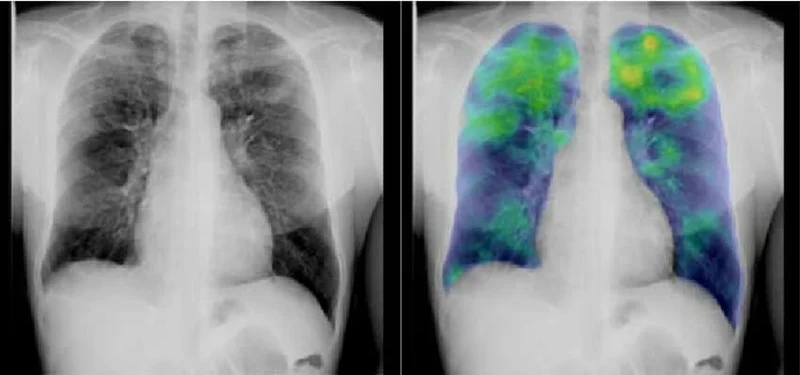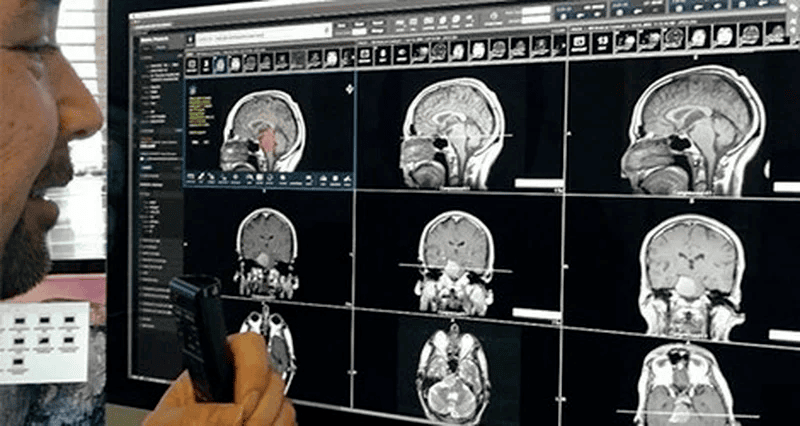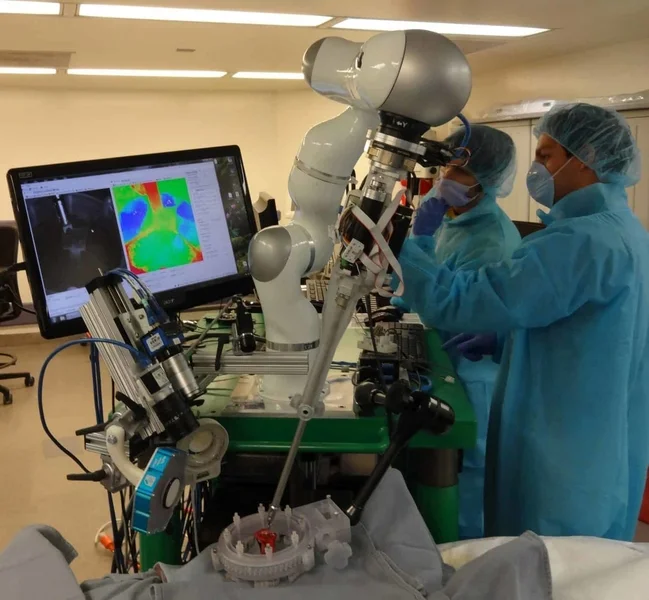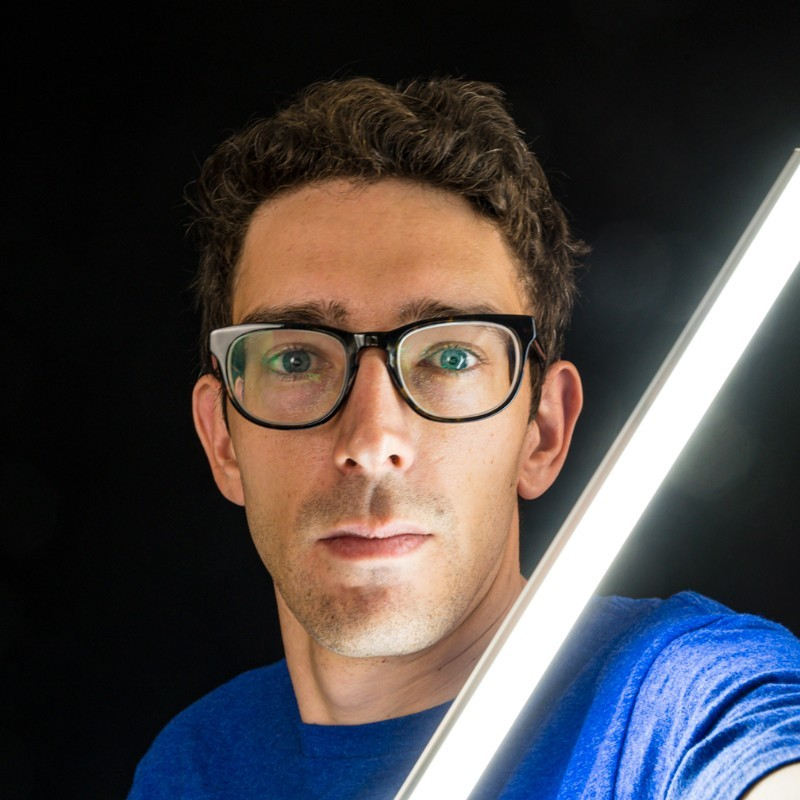

Big data (BD) is taking the medicine industry by storm.

This is not a pie in the sky technology anymore. Big Data turned out to be a practical tool that can help companies improve their service provision, decrease risk, and most importantly generate more revenue. It is safe to say that almost all major companies in the healthcare industry have already begun to use the technology in practice.
Below we present some of the important aspects of the implementation, and what they mean for other companies in healthcare.
Big Data is rapidly increasing profits in the entire medical industry. BD systems will generate $6.7 billion in the global healthcare industry revenue during the upcoming year. In 2014, they only generated $634 million—that’s a stunning 40 percent compound annual growth rate. It is no surprise that investment in BD technologies is growing. In 2014, the cross-industry average revenues’ spending on Big Data was 3.3, but for healthcare providers, the average spent was 4.2 percent.
It is estimated that around 35 percent of medical organizations will implement Big Data solutions within the next three years. This increase has been caused by different needs specific to the medical industry, including the need to create electronic medical records that are very secure and comply with privacy laws. It is surprising, but between 2012 and 2017, penetration of electronic healthcare records grew from 40 to 67. This statistic is of utter importance for the future of big data in healthcare because the availability of data is necessary for further advancement in this topic.
According to a report from Accenture, the top three Big Data applications in medical services are:
However, other areas such as medical imaging are also very promising—particularly because they are meeting such tremendous needs. For example, right now more than half of the world’s population has no access to medical imaging because those technologies that are not BD-assisted are expensive, unwieldy, and demand impractical levels of training. In total, Accenture estimates that Big Data will be able to address at least 20 percent of unmet clinician demand by 2026.
The takeaway: more money is being invested in practical BD-driven applications in the medical industry as those applications are generating huge revenues.
To properly understand how Big Data is transforming the medical industry, it is useful to consider specific cases. That is why we have collected some of the more fascinating applications of the technologies in healthcare right now, which also demonstrate the practical value of these fascinating technologies.

Determining patterns in images is by far one of the strongest points of existing BD systems, and researchers are now developing BD models to review chest X-rays and identify tuberculosis. This technology could bring effective screening and evaluation to TB-prevalent regions that lack radiologists.
The Tiatros Post Traumatic Growth for Veterans program partnered with IBM Watson to use Big Data models to help war veterans with PTSD complete psychotherapy. Using these technologies, they achieved a 73 percent completion rate, up from less than 10 percent. This is an outstanding result! As many as 80 percents of veterans with PTSD who finish a treatment program within a year of diagnosis can recover.

Thanks to the BD model developed by Israeli healthcare tech company MedyMatch there has been an efficiency improvement in treating stroke and head trauma patients by detecting intracranial bleeding. This model uses clinical insights and patient data to automatically flag potential cerebral bleeds for physician review.
Administrative and assistant work is a prime area for Big Data. According to Accenture, capabilities such as voice-to-text transcription can save a lot of time and allow doctors to focus on healing patients, rather than doing mundane office tasks. This creates savings of 17 percent of doctor work time and 51 percent of registered nurse work time.
BD could also prioritize doctor emails and assist patients in resolving simple medical issues without the help of doctors. The healthcare organizations that implement these technologies first will see the most benefit because they will have the most time to build knowledge libraries.
Big Data models take now less than a few seconds to diagnose Alzheimer’s disease with about 82 percent accuracy based on patient data—and that level of accuracy is only growing. The BD systems can analyze a variety of medical data within seconds and provide viable results. And, of course, these models are more reliable than a typical human-performed analysis of patients’ health.
Traditional cancer diagnosis techniques such as computed tomography (CT), magnetic resonance imaging (MRI), ultrasonography, and X-ray are not as reliable as we would like them to be. Analysis of microarray gene profiles is an alternative but relies on many hours of computation—unless that analysis is supported by BD. Stanford’s BD-enabled diagnostic algorithm has now been proven just as effective at detecting potential skin cancers from images as a team of 21 board-certified dermatologists.
What is more, other medical companies are going past diagnosis and on to treatment and even cures with the help of BD. Insilico Medicine is finding new medicines and treatments with Big Data algorithms, including new immunotherapies. These therapies use the cells of each individual patient and create models of their own biology and immune systems.
BD designs combination therapies and identifies complex biomarkers by performing millions of experiments in the simulated form at lightning speed. And that is why these technologies are effective.
Do you have IT recruitment needs?

Let’s not get over-excited about how Big Data is going to change the medical industry as we know it. There is still a lot of work to be done by people if we want to see those changes happening. Actually, the human factor is a very important success factor here. It is crucial to keep in mind that pumping up the topic may put unnecessary pressure on parties involved in the process.
The great reality check is provided by Kevin Pho, MD in his article which shows the down-to-earth attitude that is, in the end, beneficial for the industry development. We need to shift our focus to the translation of our priorities and workflows to models so that technology will be able to improve healthcare in the way we need it to.
There have always been cases of over-hyped technologies throughout history, but Big Data is definitely not among them. The medical industry is experiencing today an enormous influx of productivity and revenue thanks to BD.
Many major healthcare players are already investing in BD, recognizing its role in the future of the industry. It will be exciting to see where it takes us from here, but a well-informed, studied opinion with the right knowledge will have the best chance of predicting its path.
If you are into Deep Learning and its application, make sure to read about Natural Language Processing.
Or, if you want to take advantage of Big Data in medicine or any other industry, but are not sure where to start, reach out to us at DevsData.
Frequently asked questions (FAQ)
DevsData – your premium technology partner
DevsData is a boutique tech recruitment and software agency. Develop your software project with veteran engineers or scale up an in-house tech team of developers with relevant industry experience.
Free consultation with a software expert
🎧 Schedule a meeting
FEATURED IN


DevsData LLC is truly exceptional – their backend developers are some of the best I’ve ever worked with.”
Nicholas Johnson
Mentor at YC, serial entrepreneur


 Build your project with our veteran developers
Build your project with our veteran developers
 Explore the benefits of technology recruitment and tailor-made software
Explore the benefits of technology recruitment and tailor-made software
 Learn how to source skilled and experienced software developers
Learn how to source skilled and experienced software developers




Categories: Big data, data analytics | Software and technology | IT recruitment blog | IT in Poland | Content hub (blog)
